CWU physics professor, students join national eclipse research project
- April 24, 2024
- David Leder
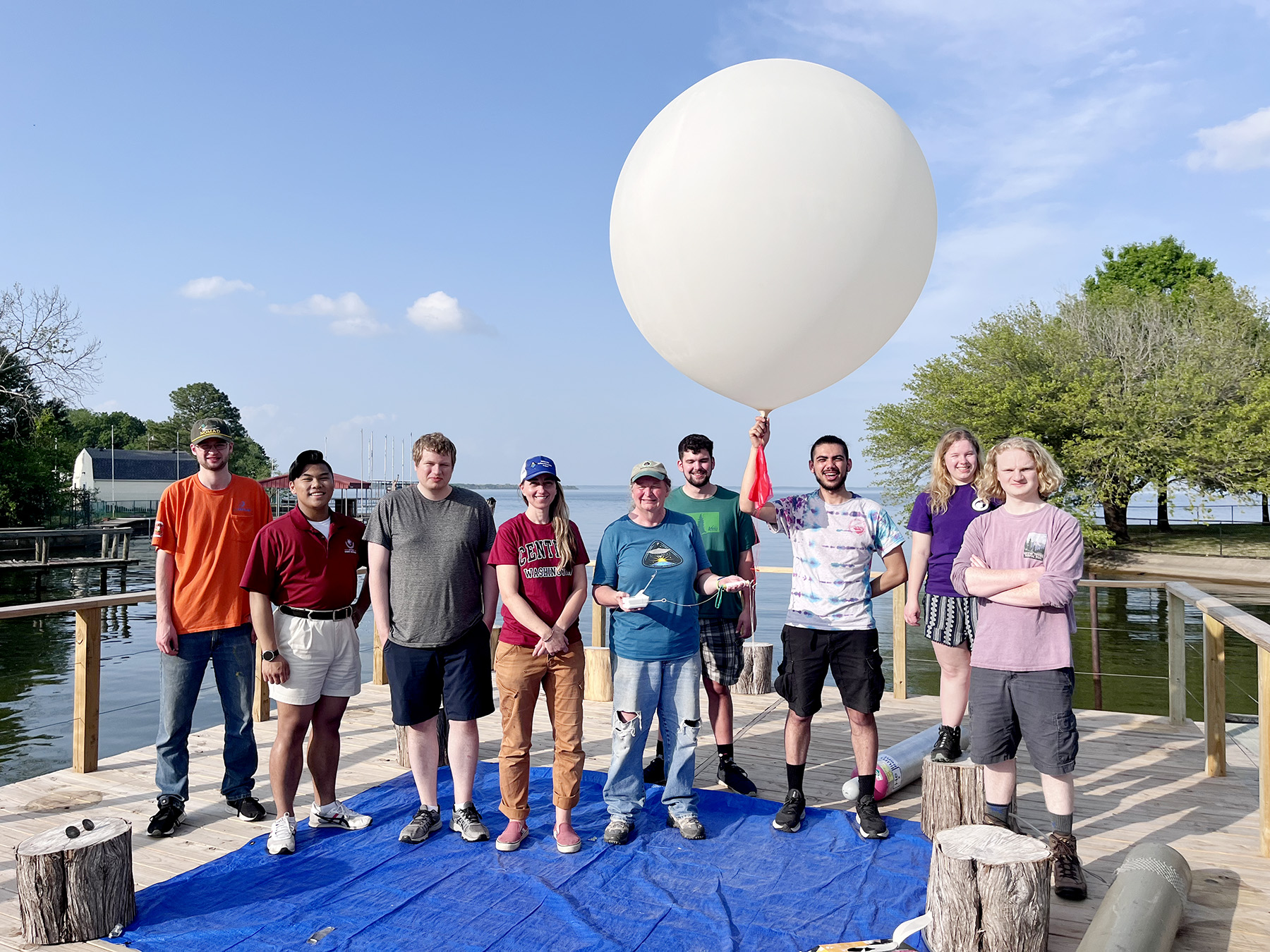
A Central Washington University physics professor and a group of her students road-tripped across the country earlier this month to conduct research into the solar eclipse that captivated the entire world.
Dr. Darci Snowden and CWU students Eli Pugsley, Elizabeth Tanner, Joseph Gabriel Burke, Matthew Ryan, Micheal Allen, Alexander Hardiman, and John Richins traveled to Will Point, Texas, where they sent dozens of weather balloons into the atmosphere to capture data and learn how the atmosphere changed during the eclipse.
The cross-country trip also included a visit to the NASA Marshall Space Flight Center in Huntsville, Alabama, to compete in a rocketry competition.
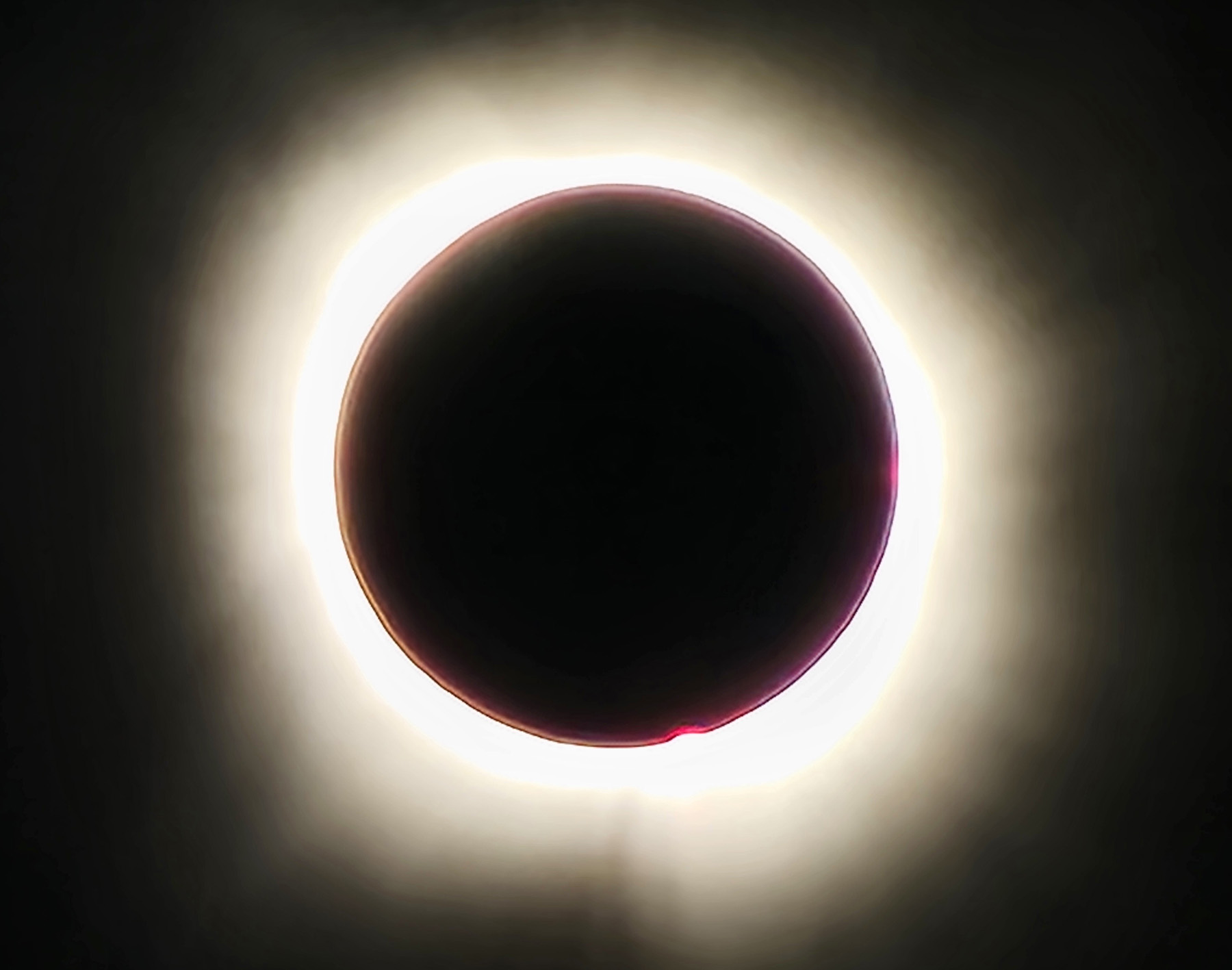
In Texas, the team launched weather balloons capable of flying up to 20 miles into the stratosphere, carrying battery-powered instruments to collect data on temperature, humidity, and pressure, plus wind direction and speed.
Snowden and Pugsley attended a workshop at the University of Idaho last spring to learn about the equipment — 70 weather balloons and a weather station — and then brought it back to Ellensburg to test it out. Pugsley, Tanner, and Anandan Lakshminarayanan worked throughout last summer to become experts on the equipment and prepare for the April 8 eclipse.
The Nationwide Eclipse Ballooning Project is a national effort led by Montana State University and funded by NASA’s Science Activation Program. CWU was one of 53 teams that participated. Snowden applied to be part of the project in October 2022, and worked on a similar project, also led by Montana State, for the 2017 eclipse.
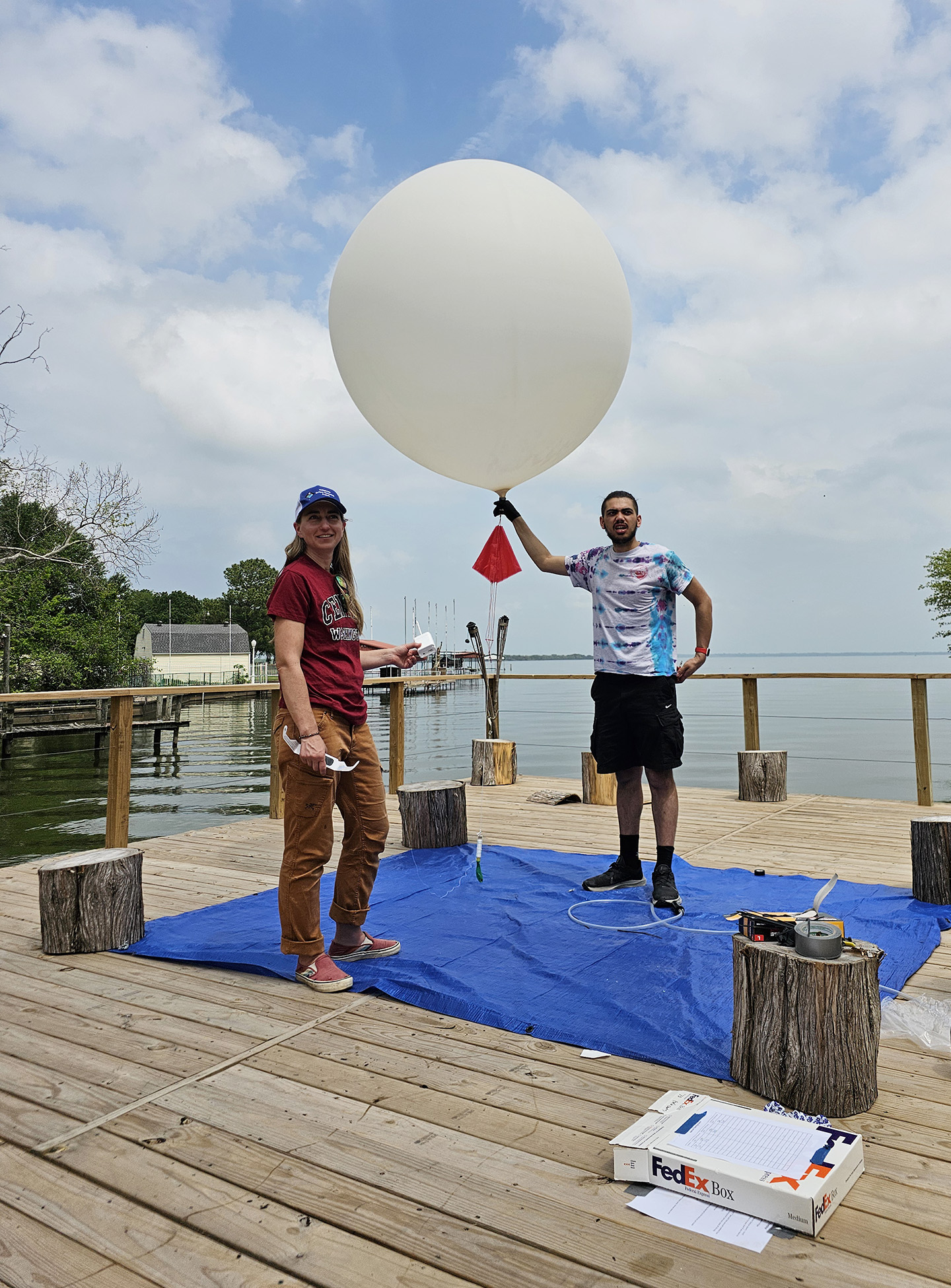
The CWU physics team stayed at Lake Tawakoni in Texas, located in the center of the path of totality. Snowden said her team had mixed results due to the cloud cover, but overall, the experience was overwhelmingly positive.
“We had 30 successful weather balloon flights, and had fairly good weather,” she said. “It was cloudy most of eclipse day, but it cleared up during the partial phase, then clouded up again right before totality. However, there were gaps and light patches of clouds, so we were still able to see the sun's corona.”
The CWU group received a warm reception from the locals, who came out to watch the eclipse and observe their research.
“One of them had a pretty fancy telescope that took some nice images,” Snowden added. “There were a lot of bugs, birds, and turtles around, and they all reacted to the sudden darkness.”
The team will analyze the data over the next year, in collaboration with the other teams from the national project. The CWU students will be presenting their research at the upcoming SOURCE conference May 16-17.
Snowden participated in a similar project last fall, joining 10 of her Gateway to Space students to conduce the first field campaign in Oregon during the annular eclipse. That group also launched 30 balloons — one every hour for 30 hours, starting 24 hours before totality. She and her students are currently analyzing the data from the annular eclipse.
CWU News
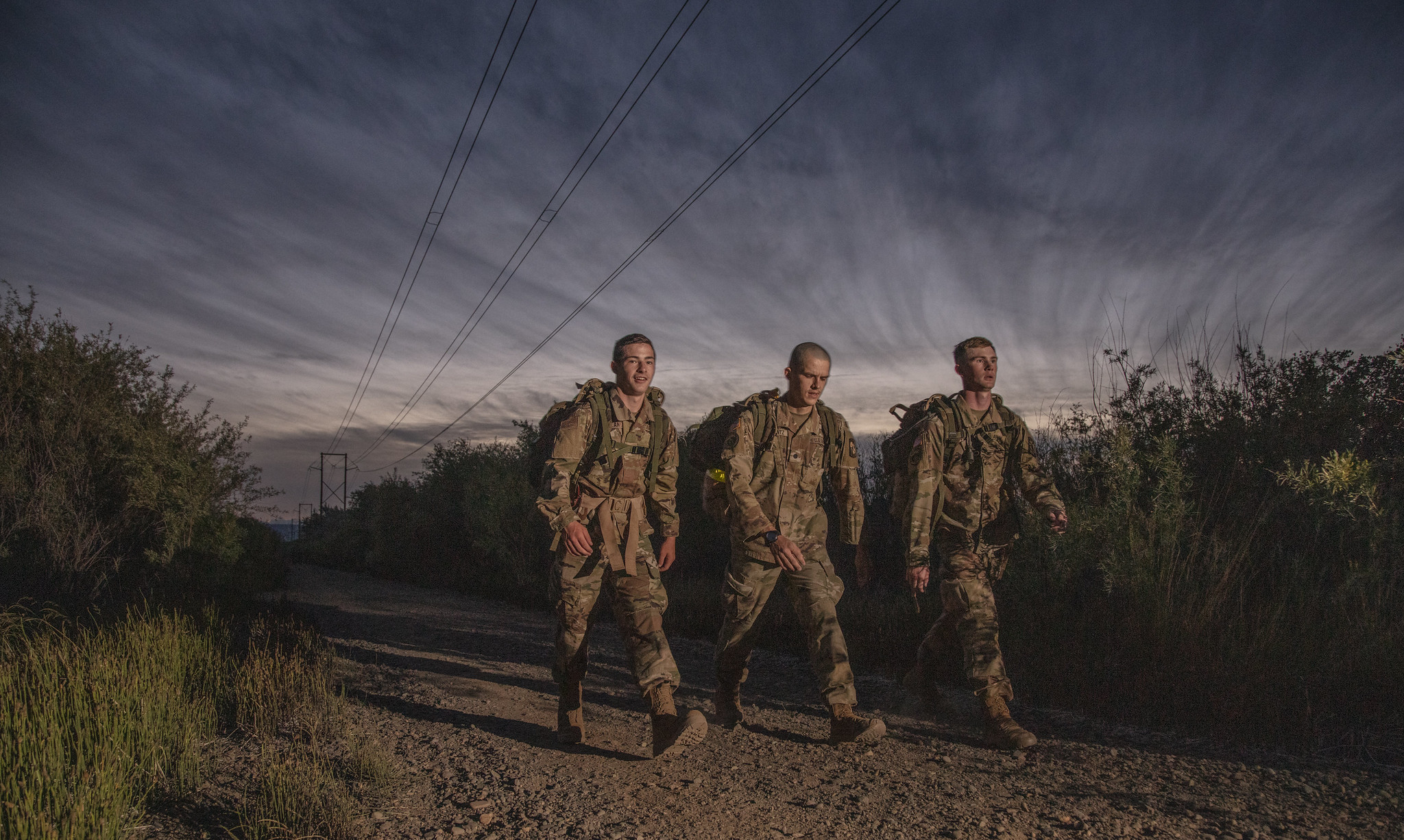
CWU Army ROTC to host nighttime Norwegian Foot March this Friday
May 1, 2024
by Rune Torgersen
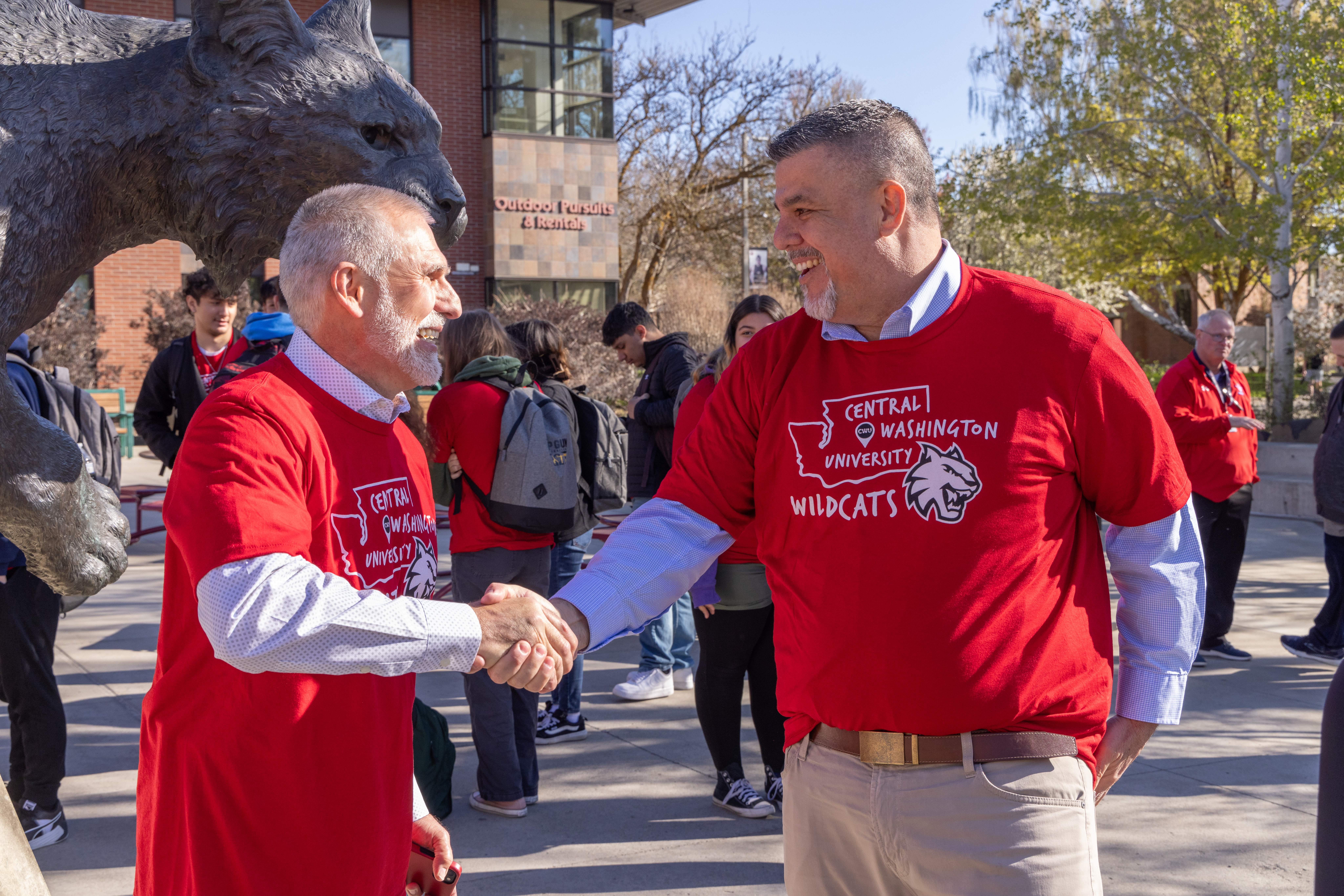
Grant-funded Limitless network brings Yakima students to CWU
May 1, 2024
by Rune Torgersen